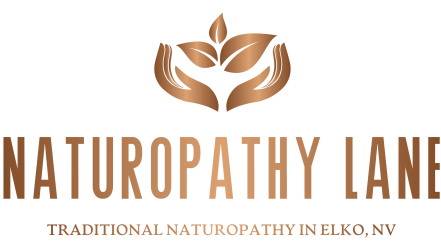Valerian root, also known as Valeriana officinalis, is a perennial plant native to Europe and Asia, and it is now also grown in the United States. The parts of the plant most commonly used in natural medicine are the underground rhizomes and roots. Valerian root contains various compounds, including valerenic acids, volatile oils, and other constituents that contribute to its potential therapeutic effects.
In naturopathic medicine, Valerian root has been recognized for its potential to promote relaxation and improve sleep quality. It is often used to address symptoms of insomnia and anxiety. Some studies have suggested that Valerian root may help improve sleep latency and overall sleep quality. However, more comprehensive research is needed to fully understand the mechanisms of action and potential benefits of Valerian root.
Recent research has delved into the mechanisms through which this herb exerts its potential effects on sleep and relaxation. While the exact pathways are not fully elucidated, it is believed that Valerian root may interact with gamma-aminobutyric acid (GABA) receptors in the brain, leading to a calming effect. Additionally, its bioactive compounds may also modulate neurotransmitter activity, further contributing to its potential anxiolytic and sedative properties.
It is important to note that while Valerian root is generally well-tolerated, it may interact with certain medications and should be used under the guidance of a healthcare professional. Additionally, individuals should be aware of potential side effects, including drowsiness, dizziness, and gastrointestinal disturbances.
In conclusion, Valerian root has been used for centuries in natural medicine and continues to be of interest in contemporary research. Its potential benefits for improving sleep and promoting relaxation make it a subject of ongoing study and a valued option in naturopathic approaches to wellness. Remember, it is always essential to consult a qualified healthcare practitioner before incorporating any herbal remedies into your wellness routine. Let’s continue to explore the potential of natural remedies in promoting holistic well-being while ensuring scientific rigor and safety in their use.
Further Reading on Natural Medicine:
Herbs: Anise Catnip Ginger Lily of the Valley
Posts: GLP-1 raised naturally



